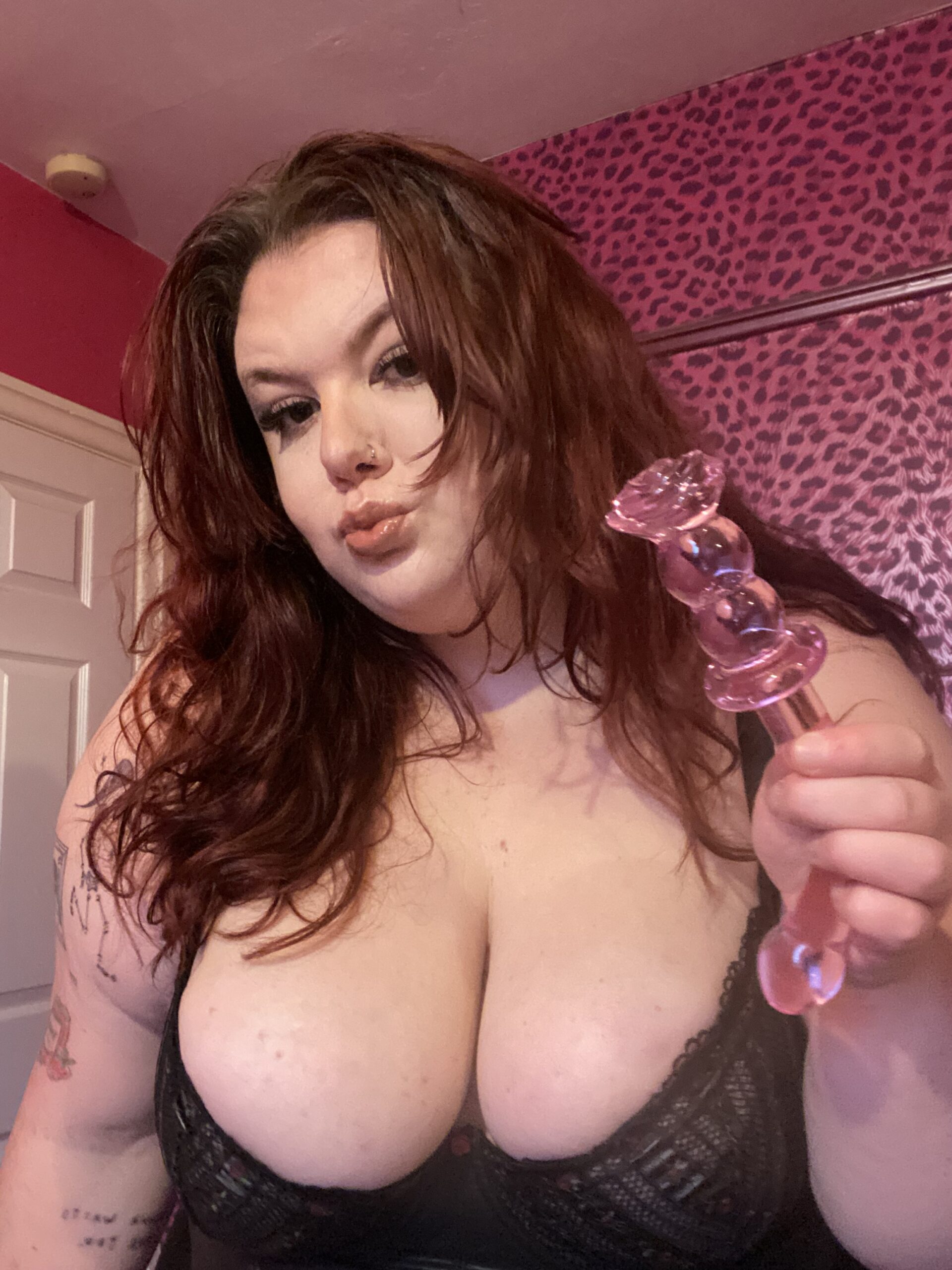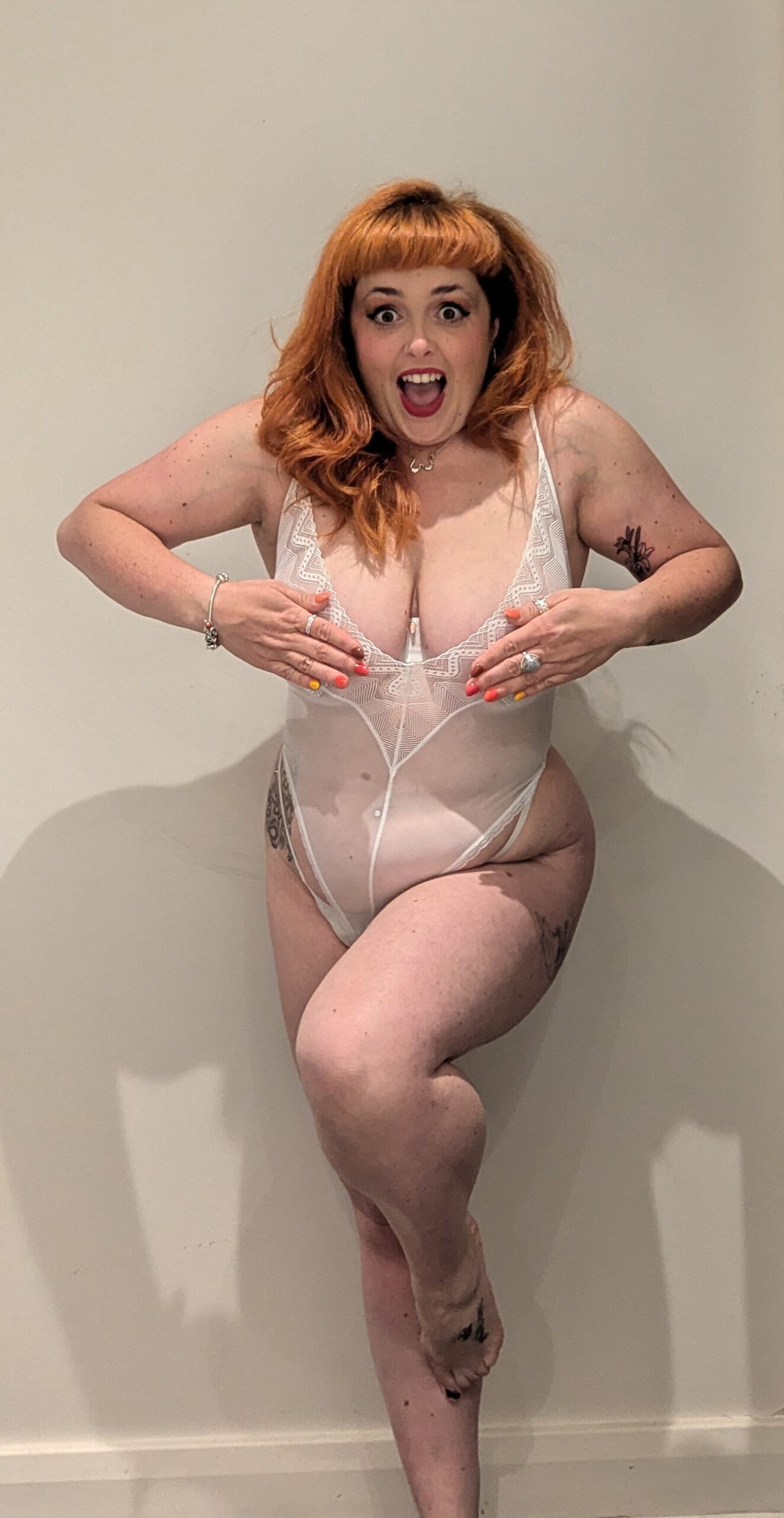Gender Expression As A Reflection Of Personal Identity
Gender Expression and Personal Identity
Gender expression, the outward manifestation of one’s gender identity through clothing, behavior, and presentation, is a powerful reflection of personal identity. It allows individuals to communicate who they are to the world and express their unique sense of self.
Defining Gender Expression
Individuals may choose to express their gender in ways that align with societal expectations for their assigned sex at birth or they may opt for expressions that diverge from these norms. Some people prefer traditionally masculine or feminine styles, while others find comfort and authenticity in blending or rejecting these categories entirely.
Gender expression is a fluid and evolving aspect of identity, and it can change over time as individuals grow and learn more about themselves. It’s important to recognize that gender expression is deeply personal and should be respected, regardless of how it aligns with societal norms or expectations.
The Spectrum of Gender Expression
Gender expression encompasses a vast spectrum, far beyond the limitations of traditional binary categories. Some individuals may gravitate towards clothing, mannerisms, and hairstyles traditionally associated with masculinity or femininity. Others might embrace a more androgynous style, blending elements from both categories or forging their own unique path.
Within this spectrum, there are countless variations and expressions of gender identity. Some people may choose to express their gender in ways that align with their assigned sex at birth, while others may express it differently. The important thing is that individuals are free to explore and express their gender in a way that feels authentic and comfortable for them.
Understanding the fluidity and diversity of gender expression is crucial for fostering inclusivity and respect for all individuals.
Cultural Influences on Gender Expression
Gender expression, the outward manifestation of one’s gender identity through clothing, behavior, and presentation, is a powerful reflection of personal identity. It allows individuals to communicate who they are to the world and express their unique sense of self.
Individuals may choose to express their gender in ways that align with societal expectations for their assigned sex at birth or they may opt for expressions that diverge from these norms. Some people prefer traditionally masculine or feminine styles, while others find comfort and authenticity in blending or rejecting these categories entirely.
Gender expression is a fluid and evolving aspect of identity, and it can change over time as individuals grow and learn more about themselves. It’s important to recognize that gender expression is deeply personal and should be respected, regardless of how it aligns with societal norms or expectations.
- Gender expression encompasses a vast spectrum, far beyond the limitations of traditional binary categories.
- Some individuals may gravitate towards clothing, mannerisms, and hairstyles traditionally associated with masculinity or femininity.
- Others might embrace a more androgynous style, blending elements from both categories or forging their own unique path.
Within this spectrum, there are countless variations and expressions of gender identity. Some people may choose to express their gender in ways that align with their assigned sex at birth, while others may express it differently. The important thing is that individuals are free to explore and express their gender in a way that feels authentic and comfortable for them.
Understanding the fluidity and diversity of gender expression is crucial for fostering inclusivity and respect for all individuals.
Individuality in Gender Expression
Gender expression, the outward manifestation of one’s gender identity through clothing, behavior, and presentation, is a powerful reflection of personal identity. It allows individuals to communicate who they are to the world and express their unique sense of self.
Individuals may choose to express their gender in ways that align with societal expectations for their assigned sex at birth or they may opt for expressions that diverge from these norms. Some people prefer traditionally masculine or feminine styles, while others find comfort and authenticity in blending or rejecting these categories entirely.
Gender expression is a fluid and evolving aspect of identity, and it can change over time as individuals grow and learn more about themselves. It’s important to recognize that gender expression is deeply personal and should be respected, regardless of how it aligns with societal norms or expectations.
- Gender expression encompasses a vast spectrum, far beyond the limitations of traditional binary categories.
- Some individuals may gravitate towards clothing, mannerisms, and hairstyles traditionally associated with masculinity or femininity.
- Others might embrace a more androgynous style, blending elements from both categories or forging their own unique path.
Within this spectrum, there are countless variations and expressions of gender identity. Some people may choose to express their gender in ways that align with their assigned sex at birth, while others may express it differently. The important thing is that individuals are free to explore and express their gender in a way that feels authentic and comfortable for them.
Understanding the fluidity and diversity of gender expression is crucial for fostering inclusivity and respect for all individuals.
Beyond Binary Norms
Gender expression, the outward manifestation of one’s gender identity through clothing, behavior, and presentation, is a powerful reflection of personal identity.
Individuals may choose to express their gender in ways that align with societal expectations for their assigned sex at birth or they may opt for expressions that diverge from these norms. Some people prefer traditionally masculine or feminine styles, while others find comfort and authenticity in blending or rejecting these categories entirely.
Gender expression is a fluid and evolving aspect of identity, and it can change over time as individuals grow and learn more about themselves.
- Gender expression encompasses a vast spectrum, far beyond the limitations of traditional binary categories.
- Some individuals may gravitate towards clothing, mannerisms, and hairstyles traditionally associated with masculinity or femininity.
- Others might embrace a more androgynous style, blending elements from both categories or forging their own unique path.
Within this spectrum, there are countless variations and expressions of gender identity. Some people may choose to express their gender in ways that align with their assigned sex at birth, while others may express it differently. The important thing is that individuals are free to explore and express their gender in a way that feels authentic and comfortable for them.
Understanding the fluidity and diversity of gender expression is crucial for fostering inclusivity and respect for all individuals.
Challenging Traditional Expectations
Gender expression, the outward manifestation of one’s gender identity through clothing, behavior, and presentation, is a powerful reflection of personal identity. It allows individuals to communicate who they are to the world and express their unique sense of self.
Individuals may choose to express their gender in ways that align with societal expectations for their assigned sex at birth or they may opt for expressions that diverge from these norms. Some people prefer traditionally masculine or feminine styles, while others find comfort and authenticity in blending or rejecting these categories entirely.
Gender expression is a fluid and evolving aspect of identity, and it can change over time as individuals grow and learn more about themselves. It’s important to recognize that gender expression is deeply personal and should be respected, regardless of how it aligns with societal norms or expectations.
- Gender expression encompasses a vast spectrum, far beyond the limitations of traditional binary categories.
- Some individuals may gravitate towards clothing, mannerisms, and hairstyles traditionally associated with masculinity or femininity.
- Others might embrace a more androgynous style, blending elements from both categories or forging their own unique path.
Within this spectrum, there are countless variations and expressions of gender identity. Some people may choose to express their gender in ways that align with their assigned sex at birth, while others may express it differently. The important thing is that individuals are free to explore and express their gender in a way that feels authentic and comfortable for them.
Understanding the fluidity and diversity of gender expression is crucial for fostering inclusivity and respect for all individuals.
Embracing Non-Conforming Expressions
Gender expression, the outward manifestation of one’s gender identity through clothing, behavior, and presentation, is a powerful reflection of personal identity. It allows individuals to communicate who they are to the world and express their unique sense of self.
Individuals may choose to express their gender in ways that align with societal expectations for their assigned sex at birth or they may opt for expressions that diverge from these norms. Some people prefer traditionally masculine or feminine styles, while others find comfort and authenticity in blending or rejecting these categories entirely.
Gender expression is a fluid and evolving aspect of identity, and it can change over time as individuals grow and learn more about themselves. It’s important to recognize that gender expression is deeply personal and should be respected, regardless of how it aligns with societal norms or expectations.
- Gender expression encompasses a vast spectrum, far beyond the limitations of traditional binary categories.
- Some individuals may gravitate towards clothing, mannerisms, and hairstyles traditionally associated with masculinity or femininity.
- Others might embrace a more androgynous style, blending elements from both categories or forging their own unique path.
Within this spectrum, there are countless variations and expressions of gender identity. Some people may choose to express their gender in ways that align with their assigned sex at birth, while others may express it differently. The important thing is that individuals are free to explore and express their gender in a way that feels authentic and comfortable for them.

Understanding the fluidity and diversity of gender expression is crucial for fostering inclusivity and respect for all individuals.
Celebrating Diversity in Gender Presentation
Gender expression, the outward manifestation of one’s gender identity through clothing, behavior, and presentation, is a powerful reflection of personal identity. It allows individuals to communicate who they are to the world and express their unique sense of self.
Individuals may choose to express their gender in ways that align with societal expectations for their assigned sex at birth or they may opt for expressions that diverge from these norms. Some people prefer traditionally masculine or feminine styles, while others find comfort and authenticity in blending or rejecting these categories entirely.
Gender expression is a fluid and evolving aspect of identity, and it can change over time as individuals grow and learn more about themselves. It’s important to recognize that gender expression is deeply personal and should be respected, regardless of how it aligns with societal norms or expectations.
- Gender expression encompasses a vast spectrum, far beyond the limitations of traditional binary categories.
- Some individuals may gravitate towards clothing, mannerisms, and hairstyles traditionally associated with masculinity or femininity.
- Others might embrace a more androgynous style, blending elements from both categories or forging their own unique path.
Within this spectrum, there are countless variations and expressions of gender identity. Some people may choose to express their gender in ways that align with their assigned sex at birth, while others may express it differently. The important thing is that individuals are free to explore and express their gender in a way that feels authentic and comfortable for them.
Understanding the fluidity and diversity of gender expression is crucial for fostering inclusivity and respect for all individuals.
Impact on Self-Perception and Well-being
How we choose to express our gender outwardly has a profound impact on our self-perception and overall well-being.
Alignment with Internal Identity
When our gender expression aligns with our internal sense of self, it creates a sense of authenticity and congruence. This alignment fosters feelings of confidence, self-acceptance, and emotional well-being. It allows individuals to present their true selves to the world without feeling the need to suppress or hide aspects of who they are.
Conversely, when gender expression does not align with internal identity, it can lead to dissonance and distress. This mismatch can contribute to feelings of anxiety, shame, and low self-esteem. Individuals may feel pressured to conform to societal expectations, leading to a disconnect between their inner experience and outward appearance.
It is important to recognize that gender expression is personal and should be celebrated in all its diversity. Supporting individuals in expressing their gender authentically creates a more inclusive and accepting society where everyone feels empowered to embrace who they truly are.
Authenticity and Self-Acceptance
Gender expression plays a vital role in shaping self-perception and well-being. When an individual’s outward presentation aligns with their internal sense of gender identity, it fosters a sense of authenticity and congruence. This alignment contributes to increased confidence, self-acceptance, and emotional well-being.
Conversely, when gender expression does not align with one’s internal identity, it can lead to feelings of dissonance and distress. This mismatch can negatively impact self-esteem and contribute to anxiety or shame as individuals may feel pressured to conform to societal expectations rather than embracing their true selves.
Understanding the profound connection between gender expression and well-being is crucial for creating a more inclusive and accepting society.
Mental Health Implications of Congruence and Incongruence
How we choose to express our gender outwardly has a profound impact on our self-perception and overall well-being.
When our gender expression aligns with our internal sense of self, it creates a sense of authenticity and congruence. This alignment fosters feelings of confidence, self-acceptance, and emotional well-being. It allows individuals to present their true selves to the world without feeling the need to suppress or hide aspects of who they are.
Conversely, when gender expression does not align with internal identity, it can lead to dissonance and distress. This mismatch can contribute to feelings of anxiety, shame, and low self-esteem. Individuals may feel pressured to conform to societal expectations, leading to a disconnect between their inner experience and outward appearance.
It is important to recognize that gender expression is personal and should be celebrated in all its diversity. Supporting individuals in expressing their gender authentically creates a more inclusive and accepting society where everyone feels empowered to embrace who they truly are.
Social Perceptions and Acceptance
Social perceptions of gender expression significantly influence how individuals experience themselves and interact with the world. These perceptions often stem from deeply ingrained societal norms and expectations that dictate how people “should” dress, behave, and present themselves based on their assigned sex at birth.
Stigma and Prejudice
How we choose to express our gender outwardly has a profound impact on our self-perception and overall well-being.
When our gender expression aligns with our internal sense of self, it creates a sense of authenticity and congruence. This alignment fosters feelings of confidence, self-acceptance, and emotional well-being. It allows individuals to present their true selves to the world without feeling the need to suppress or hide aspects of who they are.
Conversely, when gender expression does not align with internal identity, it can lead to dissonance and distress. This mismatch can contribute to feelings of anxiety, shame, and low self-esteem. Individuals may feel pressured to conform to societal expectations, leading to a disconnect between their inner experience and outward appearance.
It is important to recognize that gender expression is personal and should be celebrated in all its diversity. Supporting individuals in expressing their gender authentically creates a more inclusive and accepting society where everyone feels empowered to embrace who they truly are.
Social perceptions of gender expression significantly influence how individuals experience themselves and interact with the world. These perceptions often stem from deeply ingrained societal norms and expectations that dictate how people “should” dress, behave, and present themselves based on their assigned sex at birth.
- When these societal norms are restrictive or rigid, they can lead to stigma and prejudice against individuals who express their gender in ways that deviate from the expected categories.
- This stigma can manifest in various forms, including social exclusion, discrimination, harassment, and violence.
- It’s essential to challenge these harmful stereotypes and promote a more inclusive understanding of gender expression, where diversity is celebrated and everyone feels safe and accepted for who they are.
The Role of Education and Awareness
Social perceptions of gender expression play a crucial role in shaping individual experiences and societal norms. Understanding the impact of these perceptions is essential for creating a more inclusive and accepting world.
Firstly, deeply ingrained societal norms often dictate how people “should” express their gender based on their assigned sex at birth. These expectations can be restrictive and rigid, leading to stigma and prejudice against those who deviate from these narrow categories. This stigma can manifest in various forms, including social exclusion, discrimination, harassment, and even violence.
However, it’s important to recognize that gender expression is a spectrum, far beyond the limitations of traditional binary categories. Individuals should be free to express themselves authentically without fear of judgment or harm.
Education and awareness are key to challenging these harmful stereotypes. By promoting open conversations about gender identity and expression, we can foster empathy and understanding.
Here’s how education and awareness can contribute to more inclusive social perceptions:
* **Challenging Stereotypes:** Educational programs can help dispel myths and misconceptions surrounding gender expression, demonstrating the diversity of human experiences.
* **Promoting Empathy:** By sharing personal stories and perspectives from individuals with diverse gender expressions, we can foster empathy and understanding among wider audiences.
* **Creating Safe Spaces:** Schools, workplaces, and communities need to create safe and inclusive environments where people feel comfortable expressing themselves without fear of discrimination.
* **Advocating for Policy Change:** Education can empower individuals to advocate for policies that protect the rights of all genders and promote equal opportunities.
By working together to challenge stereotypes and promote inclusivity, we can create a society that celebrates the diversity of gender expression and respects everyone’s right to be their authentic selves.

Creating Inclusive Environments
Creating inclusive environments starts with understanding that gender expression is a deeply personal aspect of identity. It’s how individuals choose to outwardly express their gender, which may or may not align with societal norms associated with their assigned sex at birth.
Here are some key ways to foster inclusivity around gender expression:
* **Respect Individual Expression:** Treat everyone with respect, regardless of how they choose to express their gender. Avoid making assumptions about someone’s identity based on their appearance or mannerisms.
* **Use Inclusive Language:** Be mindful of the language you use. Ask for people’s preferred pronouns and use them consistently. Avoid using outdated or offensive terms.
* **Create Safe Spaces:** Foster environments where individuals feel comfortable expressing themselves authentically without fear of judgment, harassment, or discrimination. This includes schools, workplaces, community centers, and online spaces.
* **Challenge Stereotypes:** Actively challenge gender stereotypes and biases whenever you encounter them. Educate yourself about different gender identities and expressions, and be an ally to those who face discrimination.
* **Promote Visibility:** Highlight and celebrate the diversity of gender expression in your communities. Share stories of transgender and non-binary individuals, and create opportunities for people to share their experiences.
By embracing inclusivity and fostering understanding, we can create a world where everyone feels accepted and empowered to express their true selves.
Find Ergonomic G-Spot Vibrators
Shop Realistic Vibrators for Beginners and Experts Alike
Discover Trendy Vibrators That Make Intimacy Exciting
Find Bullet Vibrators That Suit Your Personal Needs

Find Compact and Portable Remote-Controlled Vibrators
Buy Vibrators That Redefine Luxury in Intimate Products
Discover Affordable Bluetooth-Controlled Vibrators
Shop Rechargeable and Waterproof Vibrators
Democracy Defense Coalition
Fancy Pants Wines
- How Much Is One Syringe Of Radiesse? - May 11, 2025
- Gummy Smile Treatment – Gum Contouring Near Ockley, Surrey - May 11, 2025
- Is THC Soda Stronger Than Smoking? A Potency Comparison - May 11, 2025

